The 1st reason I called this bird a American Golden Plover is the strong eye line. It also appeared to have some gold speckling on the back. I wonder if this is a trick of the bad evening light. I do not think this is the same bird photographed earlier in the day by another birder.
Here are the pics:
*Update - ID'ed as a Black-bellied plover by another birder with more experience with the large plovers. This is cool, because this would be only the second time I have seen one. This is most likely the same bird photographed earlier in the day. The setting sun made the lighting a challenge. Hoping to get back out there for some better pics today.
**Update #2: I went back to see if I could get a better look at the bird. I quickly found the bird very near the same spot as yesterday. I was able to get pictures that confirm the bird is definitely a Black-bellied. It is the same bird that another birder photographed earlier in the day yesterday. The lighting of the setting sun had added golden colors where none existed. Below are the pics from today around mid-day.
Hi, why you looking at me!!!
The photo above of the underwing confirms that this is indeed a Black-bellied Plover.The point to take away here is that when confronted with a difficult bird ID, look at more than one field mark instead of relying on one apparent field mark to cancel out the rest.
With this bird, look at the head shape. It has a more blockier head than does American Golden. Also, the breast of the bird is white and not buffy with the spots arranged in lines. The bill is a little more thicker and somewhat shorter.
Many other birders thought like I did that my first pics and the bottom pics were two different birds. However, seen in better light, the golden hues disappear totally and it is obvious that it is a Black-bellied Plover.
Yesterday, I attended the Hummer/Bird Banding Research Collaborative's annual outing. Every year, Director/Founder and master bander Tim Tolford holds a cookout at his farm for volunteers and anyone who is interested in birds. This year, Tim had Brad Williams from Indiana Young Birder's Club. He talked about the club and also gave away some Kaufman Field Guides that some young birder's won by taking a bird ID quiz. Always love to see the young kids getting involved in birds. Thanks to all that do so much for our young birders, including our contributors to Birding Is Fun!
Tim also had Shawn Conner from the Hueston Woods Raptor Rehab bring in some birds for the kids to see up close!
Later in the night, bander Tim Tolford set up his nets to try to catch some Saw-whet Owls. On the last net run, he did catch one Saw-whet!
Here is bander Tim Tolford with a Saw-whet Owl from last night.
Thanks again goes to Tim Tolford and all people who do so much for our young birding community! A great time was had by all. Don't forget to take a kid birding!
Here are a few links to more info on the above organizations:

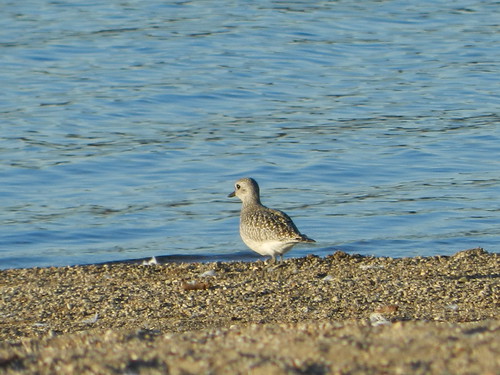
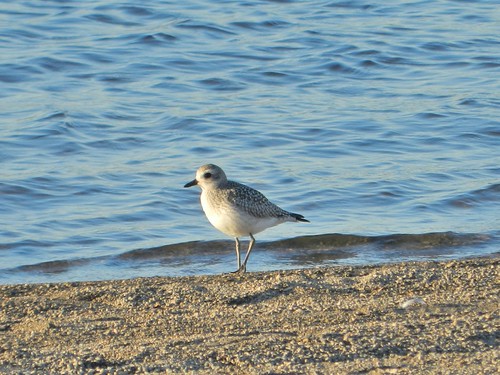
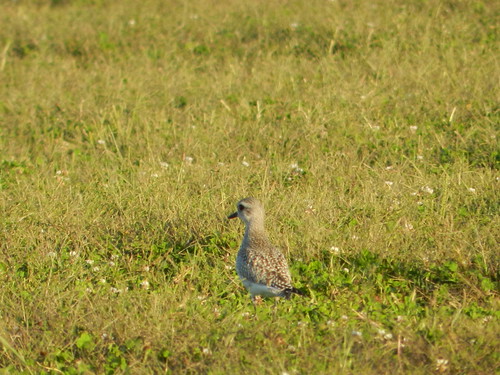
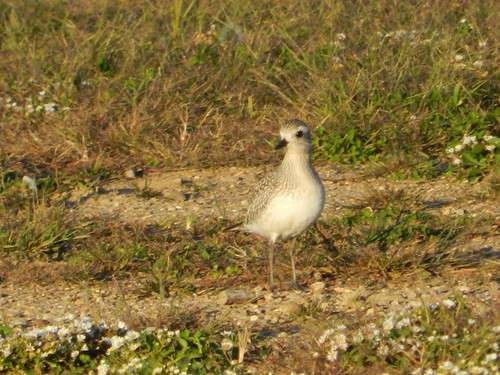
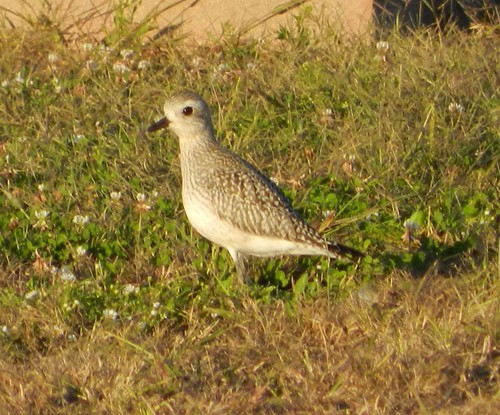
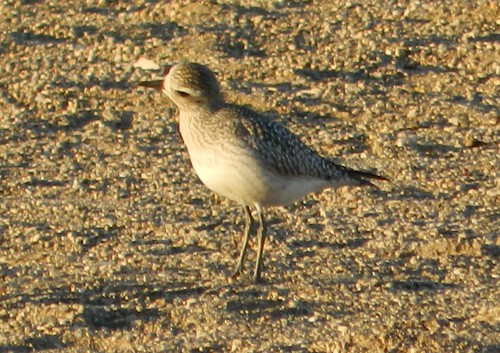
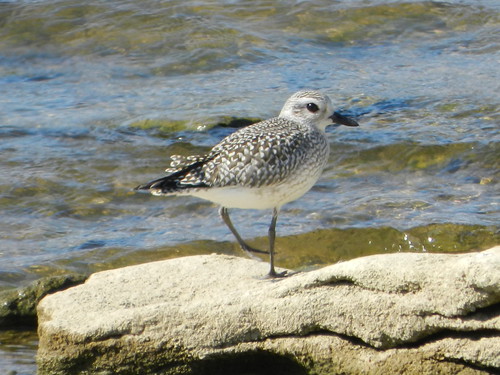
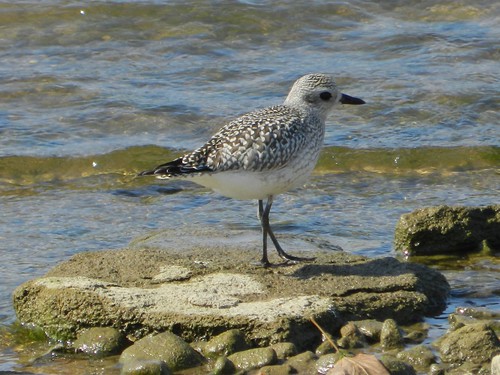

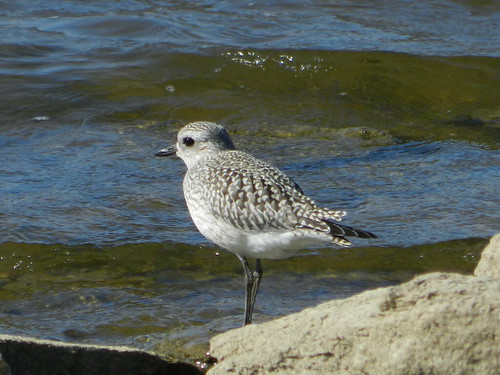

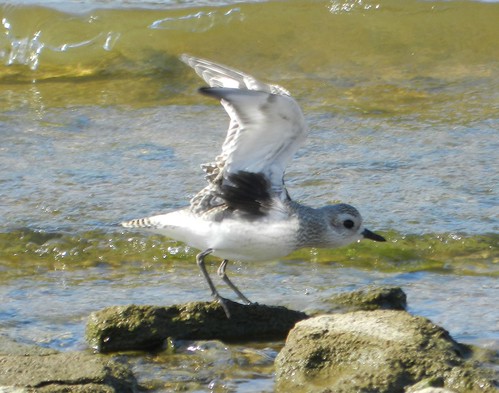
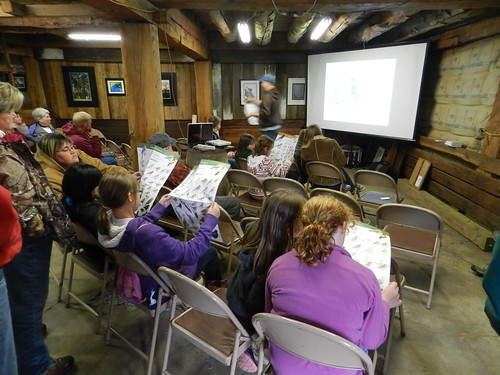
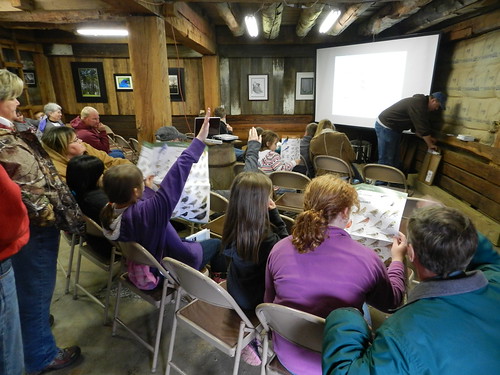
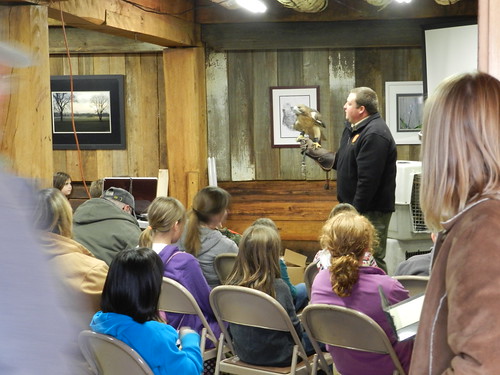
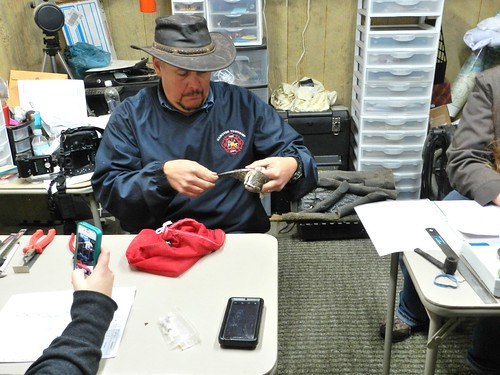

Great example how lighting can make such a big difference. I like the tough ID's as it forces me to pick out more details and challenge myself why the bird is or isn't a certain species.
ReplyDeleteGood stuff Donald! Tricky ID's on those plovers, but each challenge helps us learn more. Sounds like a great event you attended.
ReplyDeleteGreat identification tips, Donald! Lighting really does make a difference and should be considered. Beautiful photographs of that popular Black-bellied Plover. A pleasure seeing young birders getting involved!
ReplyDeleteWhat a neat demonstration of how a bird's feathers respond to light. Was great to see the same bird in two different settings.
ReplyDelete